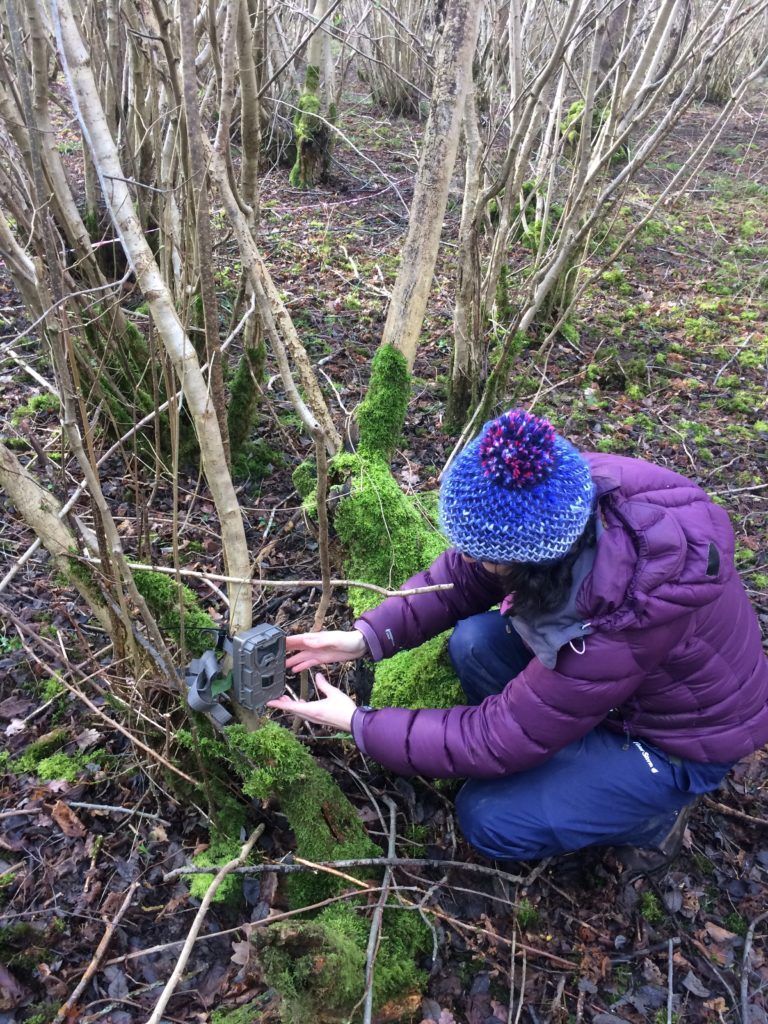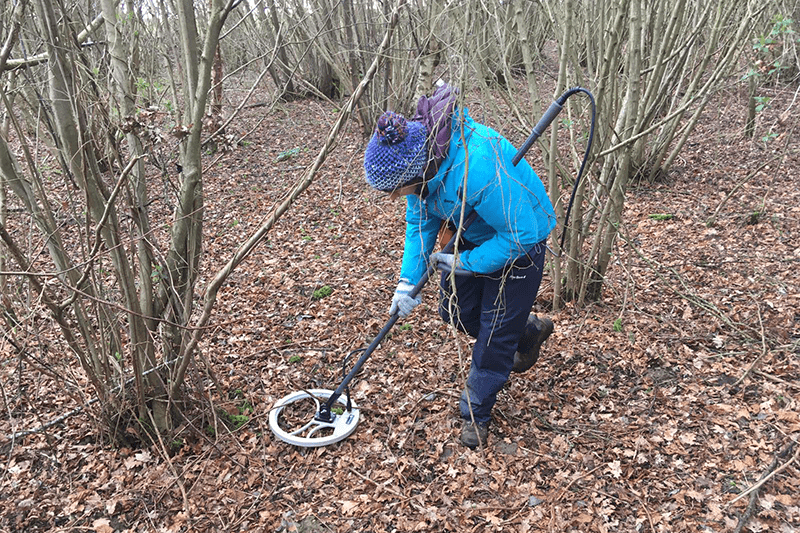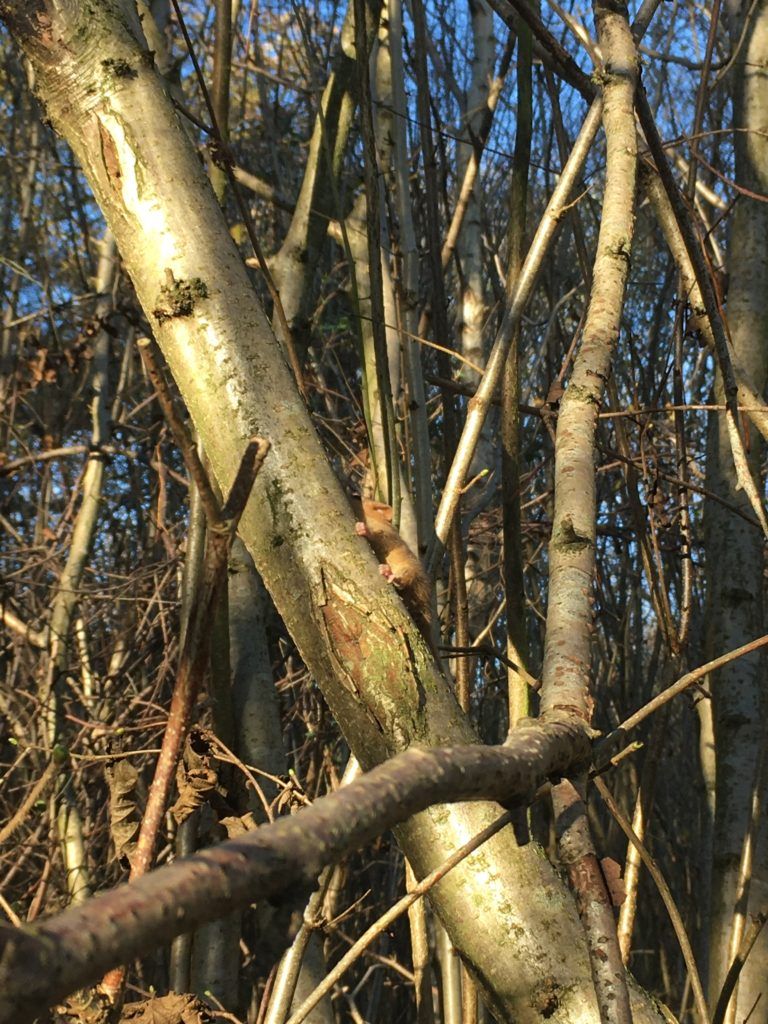Meet Rachel Findlay-Robinson: PTES project partner
In this series, we chat to the dedicated staff members, conservation partners and volunteers at PTES. We find out why each of them chose a career in wildlife conservation, what they find rewarding about their work and what they love most about what they do.
Dr. Rachel Findlay-Robinson
Graduate Teaching Assistant at the University of Glasgow and PTES partner
Why did you decide to go into dormouse conservation?
I’ve been interested in hibernating animals for years, and have worked on hibernators abroad for several years. When I started my PhD, I started looking for species closer to home to study, and discovered dormice. The combination of their fascinating life-history (they hibernate, they are quite long-lived for animals of their size, and they have super interesting reproductive strategies) and the urgent need for research to help conserve them made them an ideal study species. The fact that they are adorable helped too!
Has your conservation work been rewarding and if so, in what way?
My work on dormice has taken me to some beautiful places, helped me meet some great people, and, of course, given me the opportunity to study fascinating questions about dormice. Although my fieldwork was physically and mentally demanding, spending days wandering the woods alone with heavy equipment, it was always worth it when I came across a perfectly-formed hibernation nest with a snoozy dormouse inside. I’ve also had the opportunity to talk about my work at the National Dormouse Conference and the International Hibernation Symposium, and engage with other dormouse enthusiasts from all around the world. However, the biggest reward is the knowledge that, even in a small way, I am contributing to the conservation of this fascinating species.
What are the main reasons for some of your greatest successes?
Completing my PhD despite the last 18 months of it being during the COVID-19 pandemic is probably one of my greatest successes, and I couldn’t have done it without the support of very many people, including my supervisors, collaborators and friends. Perseverance also played a large part – I spent several years working in retail whilst pursuing PhD opportunities, and it was certainly worth it.
Reflecting on your past, what has been one of your most memorable experiences so far?
I spent two years working on a research project on Columbian ground squirrels in Canada, which involved living at a remote research station with no running water or heating, dodging bears whilst doing fieldwork, and “rescuing” (i.e. removing) mice from the kitchen! These experiences sparked my love of fieldwork, my interest in hibernators and my desire to do ecological research.
What difficulties did you face and how did you overcome them?
Trying to treat (almost) everything as a learning experience! Having my PhD fieldwork curtailed by COVID19 restrictions emphasized the value of having Plan Bs (and Plan Cs and Plan Ds!), which is something I drum into my students now.
How can we best inspire the younger generation and what advice would you give to young conservationists just starting out?
At the moment, I think enthusiasm and optimism are the key things that we need to focus on – it can be easy to despair about all the damage and destruction occurring in the natural world, and the apparent lack of action to prevent it. But there are also a lot of people working to restore and protect nature, from big charities and groups lobbying governments for change, to people who do a regular litter pick on their street. Getting involved with small, grassroots conservation actions is a great starting point – whether this is fundraising, doing practical conservation work, or recording the animals or birds that you see and sharing the data with organisations (the BTO and the Mammal Society both have great recording programmes).
What does the future hold? For you and for dormice?
At the moment I’m teaching animal behaviour to undergraduate students and hoping to inspire the next generation of researchers and conservationists. I’m also planning to do more research on how global change is affecting hibernators (hopefully including dormice) – watch this space! I think the future is looking bright for dormice in the UK, as more researchers start studying them, and PTES continue their excellent reintroduction programmes.
Can you help us reintroduce more dormice to the wild?



